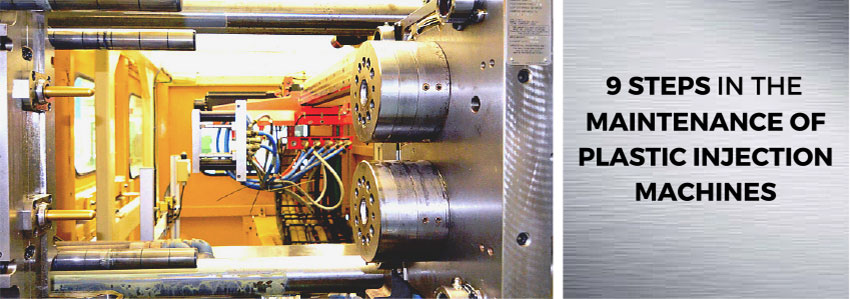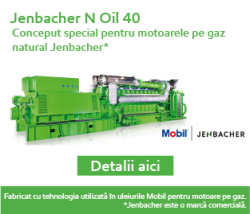9 steps in the maintenance of plastic injection machines
 9 steps in the maintenance of plastic injection machines
9 steps in the maintenance of plastic injection machines
Whether you are involved in the production of plastics for the heavy industry, automotive manufacturing industry, light industry, pharmaceutical industry or others, it is important to know the most important elements in the maintenance of equipment in the process of plastic injection molding, especially because they require careful maintenance.
The maintenance of plastic injection machines is essential not only to increase their sustainability, but also to increase productivity when it comes to plastic injection technology. Therefore, the inspection of the machines should be performed regularly in order to detect possible faults and to monitor the maintenance actions in order to optimize costs.
In this context, it is recommended a preventive conduct in terms of maintenance. Planning preventive maintenance actions may lead to downtime reduction, to the normalization of the operation and production speed and to the improvement of the injection of the molds. Given that plastic injection machines combine mechanical, electrical, hydraulic and other technologies in a single equipment, a thorough maintenance is crucial.
How can you improve the maintenance process of plastic injection machines?
See below a list of 9 aspects that will help you implement an efficient maintenance process of the equipment used in the plastics industry, especially of the injection machines, which are always present in this industrial sector.
1. Make a plan for a daily check in which the employees are involved. The operation of the buttons and of the mechanism must be impeccable. Also, the system must be checked manually, automatically and semi-automatically, and any irregularity must be reported and remedied in the shortest time, before becoming a more serious problem.
2. Regularly check the oil level in the hydraulic tank. It is advisable to check the hydraulic tank in order to detect any leaks in time. At the same time, check if the equipment is properly lubricated.
3. Perform pressure control in the hydraulic system and take immediate action if it is too high or too low.
4. Check the oil temperature and the cooling system of the mechanism. An excessively high temperature indicates a possible equipment damage and may lead to an abnormal change in pressure and oil viscosity. Thus, the equipment is not 100% protected and the productivity is likely to be affected.
5. Choose high-quality and high-performance industrial oils. The quality of the lubricants used can significantly influence the operation of the plastic injection machines. Thermal stability and a stable oxidation are two of the factors playing the most important role in determining the quality of a type of oil. When the oil used is of a very good quality, its viscosity allows an ideal lubrication and reduces the risk of equipment failures and wear.
6. Regularly monitor the oil filters change or cleaning. It is recommended to change them every three months for the optimal operation of the plastic injection machines.
7. Cleaning the fans and the cooling systems. The specialists’ recommendation in this context is the thorough checking and cleaning of these systems at least once every two years.
8. Checking the electrical system. The electrical system of the plastic injection machines must be given special attention, as it can cause serious problems and possible faults can lead to long periods of inactivity. Therefore, it is important to check the engine, the heating and thermal coupling tube and the electric cables. This type of inspection must be performed at least once a year.
9. Inspection of noise sources. Noise is an indicator of the many failures of plastic injection machines, which is why it is important to detect any abnormal sound and address the problem to specialized people. Abnormal sounds can come from improperly adjusted or defective parts, from blocked hydraulic components, from valves or they can be caused by the lack of an appropriate amount of lubricant in the equipment.
The above 9 ideas can save you many resources, both financial and time related because they help you prevent certain problems before their aggravation and fix them faster.
Thus, preventive maintenance can facilitate your work and it can significantly reduce your investments. For more details about preventive and proactive maintenance, programs recommended by Star Lubricants, see this article to learn how you can increase the energy efficiency of industrial equipment by using these processes.







